Nokia 7.2 Review
Nokia 7.2 Review
The latest Nokia lends a spot of class to the sub-£300 smartphone category
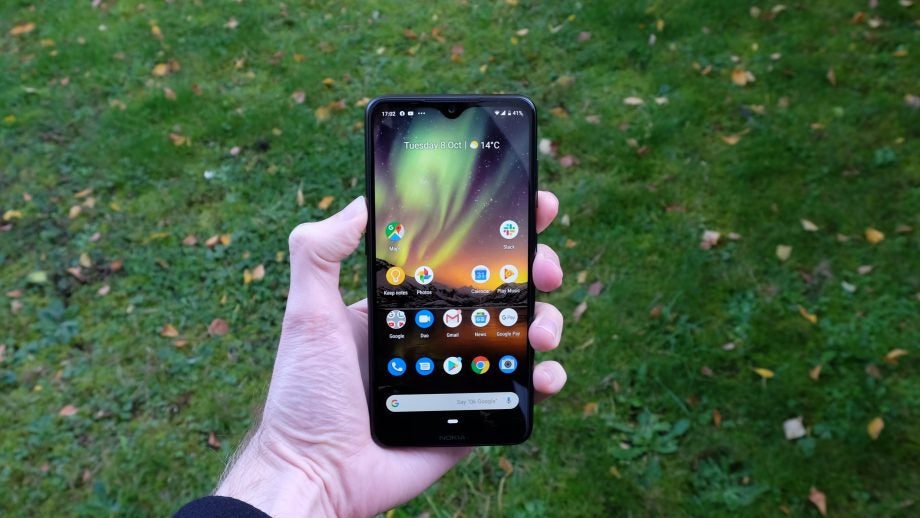
Verdict
At a price of less than £300, the Nokia 7.2 is a classy customer. We like its sleek but practical design and sharp display, while Android One continues to do wonders with relatively limited hardware. It’s an accomplished phone in most respects. What keeps the Nokia 7.2 from glowing praise is its patchy triple-camera system, which suffers from some inconsistent results and an ineffectual Night Mode.
Pros
- Tidy and tough polycarbonate design
- Clean Android One software
- Flexible, impressively specced camera
Cons
- Camera extremely inconsistent
- Night Mode ineffective
- Battery life pretty ordinary
Key Specifications
- Review Price: £249
- 6.3-inch HDR display
- Android One, Android 9.0 Pie
- Three cameras on the back, including 48-megapixel sensor
- Snapdragon 660 CPU with 4GB or 6GB RAM
- 159.9 x 75.2 x 8.3mm, 180g
- Headphone jack
The Nokia 7.2 joins a growing roster of phones offering one or two stand-out components in a stylish body at a reasonable price.
For just £249 you’re getting an all-round capable phone with an eye-catching triple-camera and none of the custom UI bloat that you might associate with efforts from Samsung and Huawei/Honor.
It’s undoubtedly the most interesting device from Nokia’s late–2019 litter, thanks to its mass-market appeal and just-so specifications. Ultimately it falls a little short in a couple of areas, but the Nokia 7.2 is a solid pick for anyone on a sub-£300 budget.
Nokia 7.2 Design – Plastic fantastic, if a little derivative
Since its HMD Global-led smartphone relaunch, the Nokia brand has created a raft of quietly appealing devices without ever recapturing the iconic design flair of its heyday.
The Nokia 7.2 doesn’t threaten to overturn that trend, but it is one of the best-looking phones that Nokia has produced in a while.
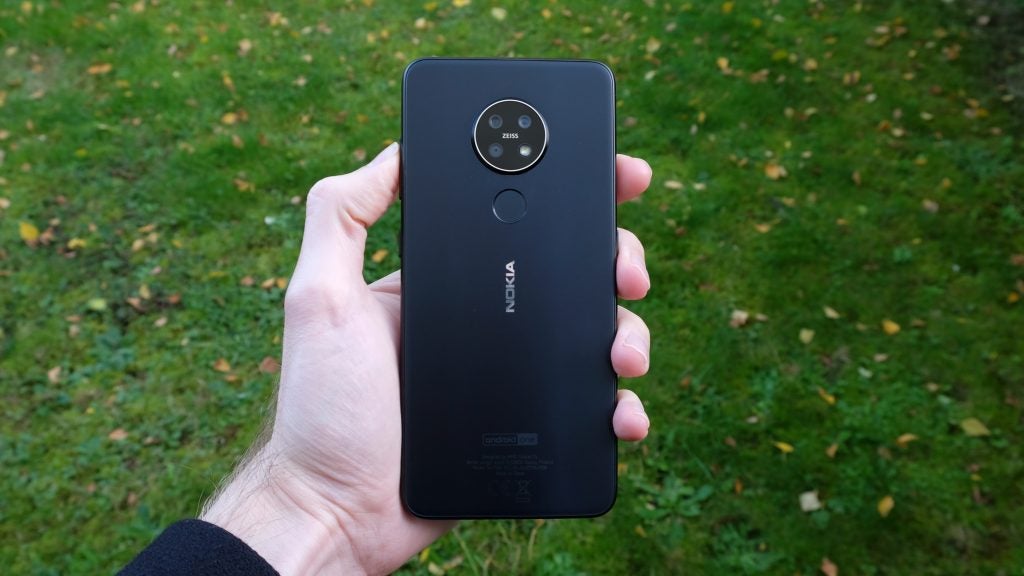
One design decision that has us fondly recalling the brand’s previous output is the Nokia 7.2’s all-polycarbonate design. No-one could make plastic feel as premium as Nokia in its pomp, and a little of that moulding magic is present here.
From the smooth black plastic of the rim to the slightly hazy matte finish of the rear panel, this is a phone that makes a virtue of its materials. You might even call it ‘unapologetically plastic’.
We were certainly thanking Nokia for its choice of materials when our test unit took a tumble from chair-height onto the hard floor of a restaurant. There wasn’t so much as a ding or a scratch on its hardened stealth-black surfaces.
While it’s tough and pleasant to hold, we wouldn’t call the Nokia 7.2 design remotely original. From the front it could be any number of low to mid-range phones, with its simple shape and dewdrop-notched display. Only the Nokia symbol on its slightly chunky chin gives the game away.
The back of the Nokia 7.2 reminds us of the Motorola G7 and other efforts from the Lenovo-owned brand, what with that pronounced circular camera module at the top centre of the device. Below that is a reliable, speedy-enough fingerprint sensor.
Beyond a general lack of creak and flex, the other reason the Nokia 7.2 doesn’t suffer for its choice of plastic is that it feels pleasingly hefty. At 180g it’s not unmanageably weighty by todays standards, but you certainly know it’s there.
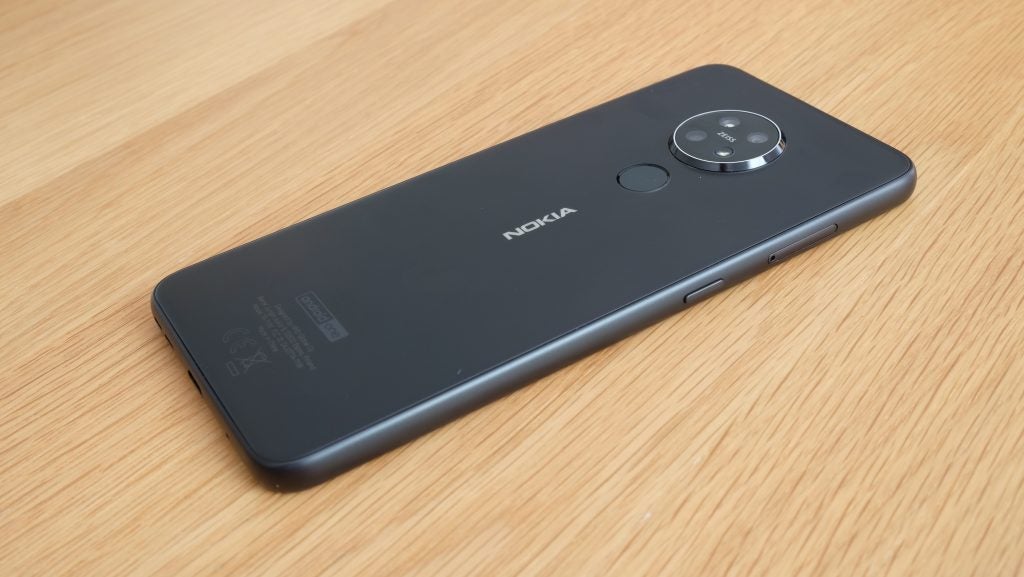
The selection of side buttons is notable for two reasons. One is is that the power button on the right edge contains the phone’s notification light, softly glowing white when you receive a message.
On the opposite edge is the real point of interest here – an extra button dedicated to Google Assistant. If you’re fully sold on Google’s voice-activated helper, it’s pretty handy being able to jump to it from sleep with a simple button press.
If not, you’re more likely to be annoyed by how easy it is to mis-press it when fumbling for your phone or attempting to take a quick picture with the camera.
It’s all good news on the other two edges. The bottom edge contains a modern USB-C port, while the top edge houses a 3.5mm headphone jack. Praise be.
Nokia 7.2 Display – Large, sharp and punchy at the price
Nokia has given the 7.2 an accomplished 6.3-inch IPS LCD display, the same display tech found in many of the best mid-range phones and best cheap phones. It’s an undeniably large screen, and you won’t be pulling that notification tray down from the top of the screen with your holding hand.
But it’s well proportioned to the extent that it’s great for pretty much everything without making the phone particularly unwieldy.
That sense of proper proportion is present in the display’s 1080 x 2280 Full HD+ resolution too. It’s not as pixel-dense as flagship Android phones like the Galaxy S10, but it’s just right for displaying 1080p content.
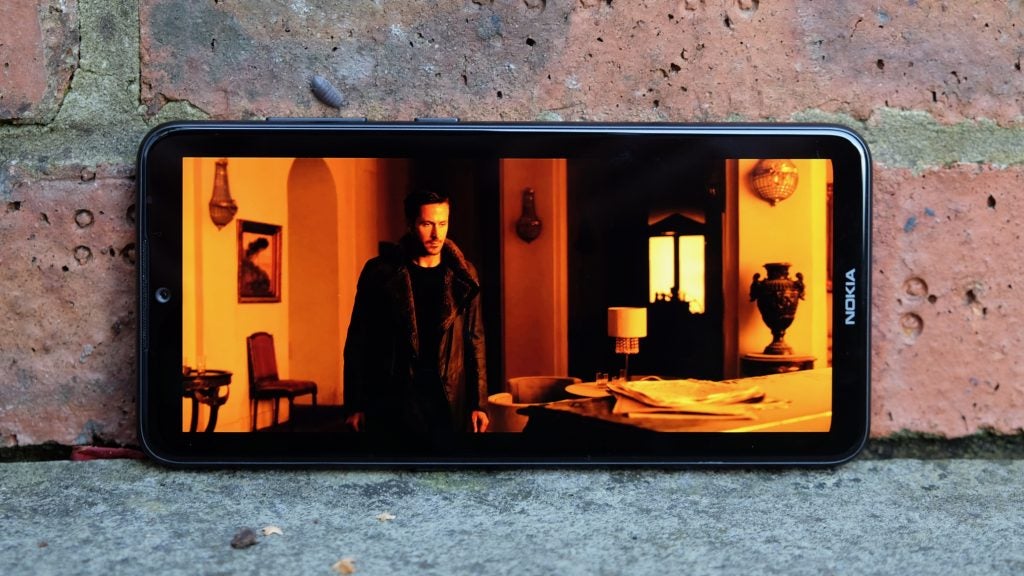
There’s HDR10 support, and Nokia’s PureDisplay technology lays on a Pixelworks processor for upscaling SDR to HDR. It’s not the most pronounced contrast on a phone – this is still an LCD after all – but video content from Netflix and Amazon Video pops pleasingly nonetheless.
You don’t tend to get too much intrusion from the Nokia 7.2’s dewdrop notch either. One positive element of the phone’s more pronounced chin is that modern widescreen movie and TV content squares off just before the notch, providing a full picture without making the phone look lopsided.
Another facility is Night Light, which tints the screen to an amber hue to reduce sleep-disrupting levels of blue light when using the phone at night. This can be set to turn on at certain times, or just from sunset to sunrise, and it’s also possible to adjust the intensity of the effect.
Nokia 7.2 Performance – A capable mid-range performer
The Nokia 7.2 runs on Qualcomm’s mid-range Snapdragon 660 CPU. It’s not a top tier chip, but it provides a smooth and stutter-free experience in general navigation and light tasks.
This is the same chip as the one that impressed us in the Xiaomi Mi 8 Lite, the Xiaomi Mi A2 and, indeed, the Nokia 7 Plus. Not the newest chip, then, but still a capable performer.
Even when you throw advanced applications like multitasking and high-end 3D games at the Nokia 7.2, it copes admirably. We were able to crank Call of Duty Mobile’s settings up to Medium Graphic Quality and High Frame Rate (the maximum settings available on this phone) and its frenetic FPS action ran fluidly.
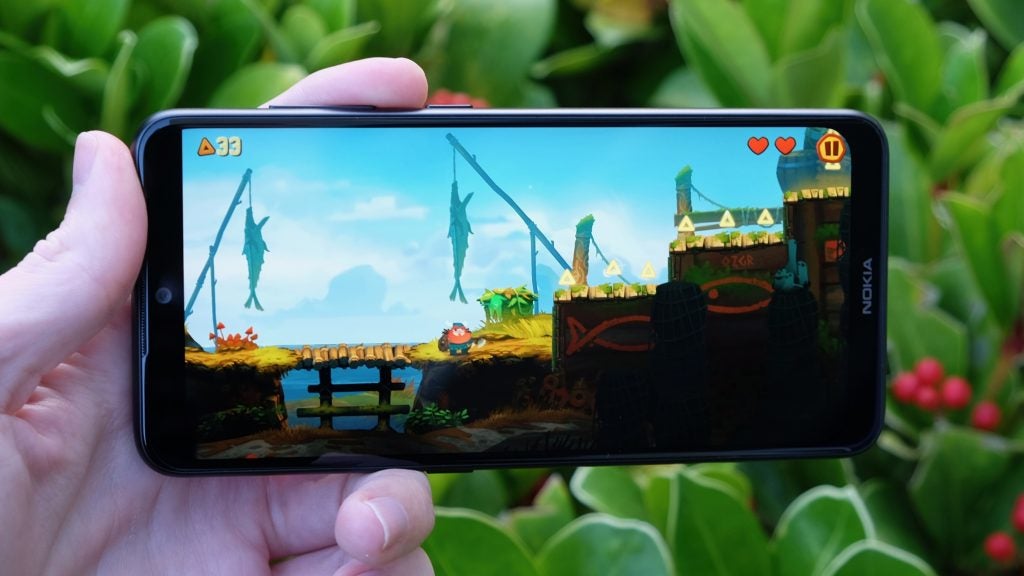
PUBG Mobile, meanwhile, ran just peachy on HD and High Frame Rate settings, even though it defaulted to Medium settings.
This comfortable level of performance is reflected in the Nokia 7.2’s Geekbench 4 benchmarks. A single core score of 1612 matches the Pixel 3a’s 1622, while a multicore score of 5889 beats Google’s mid-range handset on 5209.
On the storage front, there are 64GB and 128GB models of the Nokia 7.2 out there, which is ample. Especially when you factor in a microSD slot for up to 512GB of expansion.
Nokia 7.2 Software – Android One is gloriously clean
The Nokia 7.2 runs on and Android 9.0 Pie, which is no longer the very newest version of Google’s software. You can be assured that it will receive Android 10 in short order, however, because this is an Android One phone.
Like the Nokia 6.2 and the Motorola One Action before it, the Nokia 7.2 runs on an incredibly pure take on Android. The only major addition from Nokia here is its own camera app.
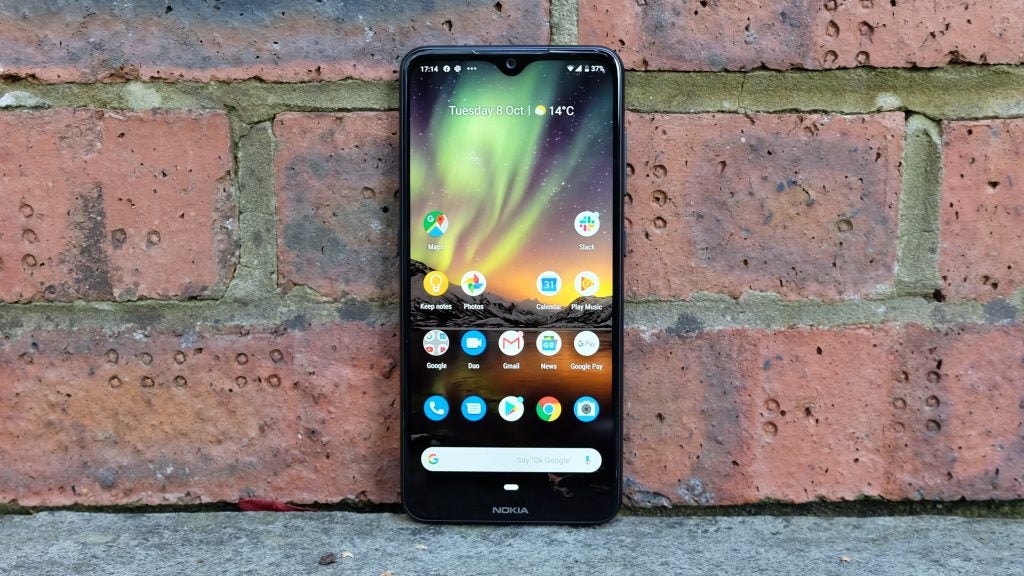
This contributes massively to the Nokia 7.2’s slick, smooth, premium feel. With none of the bothersome UI tinkering of most of its rivals, the Nokia 7.2’s software is visually cohesive and thoroughly intuitive.
All of the core apps that come preinstalled on the Nokia 7.2 (apart from the camera app) are Google originals. That again aids with the cohesiveness of the Nokia 7.2 experience. But beyond that, Google’s apps are simply very good at what they do.
It also means that you don’t get any tiresome duplicate apps – so no email app on top of Gmail, and no calendar app other than Google Calendar. Google Photos takes care of your pictures, not some generic Gallery app.
If you don’t like Google’s default offering, you can just download an alternative from the Google Play Store, which is exactly as it should be most of the time.
Android One also means that you’re guaranteed regular security updates for three years, and Android OS updates for two years. That’s why we’re so confident on that Android 10 point.
Nokia 7.2 Camera – Well specced but disappointingly inconsistent
Nokia and HMD appear to have paid a lot of attention to the Nokia 7.2’s camera setup. It’s an impressive-sounding triple-camera system with a 48-megapixel primary sensor, an 8-megapixel ultrawide, and a 5-megapixel depth sensor.
This results in an incredibly flexible camera that, together with a fully featured camera app, covers most of the bases of a modern flagship. It can take both zoomed-out shots and portrait shots with exaggerated bokeh. There’s a Night Mode and a Pro mode, and an AI facility that chooses the scene for you.
In practice, however, it’s all a bit hit-and-miss. In great lighting, the primary 48-megapixel sensor (which actually shoots 12-megapixel images by default) is capable of capturing very good shots, with balanced colours and plenty of detail.
But you never fully know what you’re going to get in mixed conditions. We experienced multiple instances where the camera would lock on to completely the wrong subject, or even nothing at all, resulting in a weird impressionistic smudge.
The shutter speed seems weirdly laggy and wallowy at times, and we got various images that seemed to capture our human subject mid-blink.
What’s more, the ultrawide camera takes images of such inferior quality compared to the main sensor, with grainy edges and a more washed out tone, that you’ll probably find yourself using it less and less.
Low light image quality isn’t great either, with large amounts of noise and the odd random ghosting effect. Night Mode simple isn’t up to the standard of rival efforts from Google and Huawei, with disappointingly noisy results that often turned out worse than those shot in regular auto.
Night Mode is said to be able to detect when you’re using a tripod to steady it and bump up the exposure time accordingly. But who uses a tripod with their phone – especially an affordable one like this?
The AI scene selector is another welcome inclusion, but it isn’t the smartest we’ve seen. Occasionally it would select indoors when I was shooting outdoors, animal when I was shooting a static object, and so on.
Oh, and there’s also a 20-megapixel front-facing camera here. It takes pretty mediocre selfies, and it has one of those ugly beautifying filters on it. You can get better, but it’s fine for a phone at this price.
A fair chunk of this can be excused by the Nokia 7.2’s sub-£300 price tag. Like we said, it’s possible to take very good shots with this phone’s camera. But it’s the weird inconsistencies that really give us pause here. Especially when you consider how much better and more consistent the Pixel 3a camera is for around £100 more, not to mention the reliable cameras from the Huawei/Honor stable.
Here’s a selection of photos taken on the Nokia 7.2:

The Nokia 7.2 struggled to focus on the intended subject

Night-mode often seems to take detail and balance out of a dark scene

A nicely captured blue sky
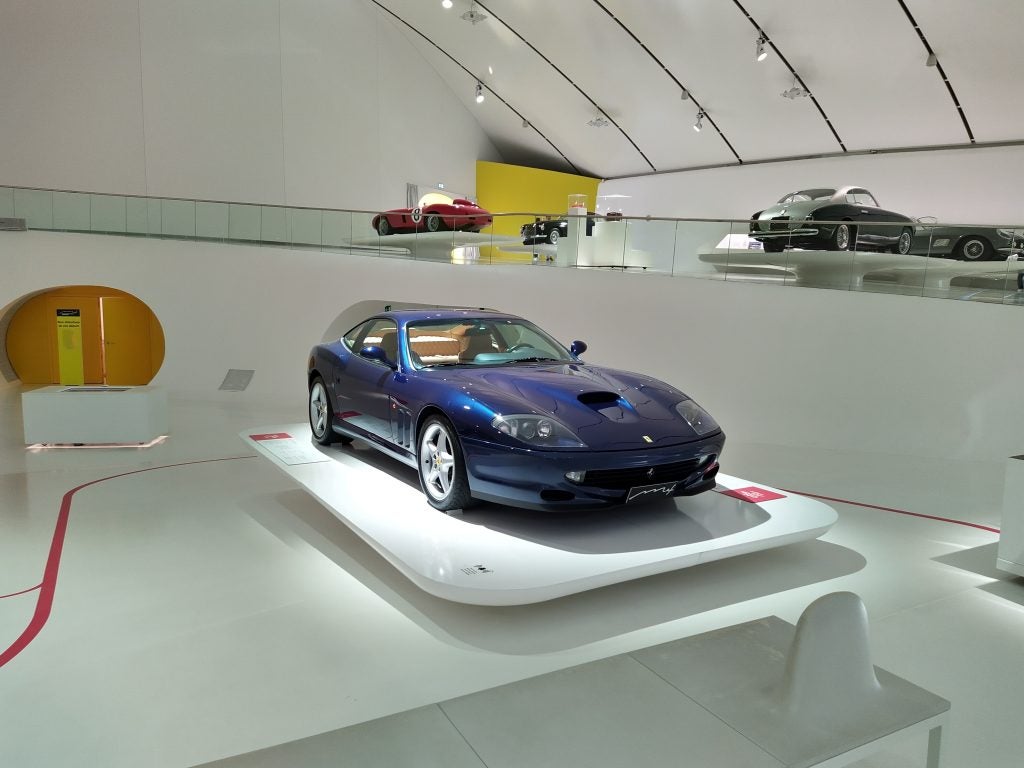
The detail and colour tone here is pretty on point

A nice, detailed shot of Florence with the main sensor

Zoom out and the results are more washed out

The main sensor can capture vibrant shots with lots of depth

The AI scene selector correctly picked out this food photo

A reasonably well picked-out low-light scene, though it failed to capture the full pinkness of the sky
Nokia 7.2 Battery life – Comfortable daily usage, but go easy on the media
The ample body of the Nokia 7.2 has been filled with a pretty capacious 3500mAh battery. While Nokia reckons you’ll get two days of usage out of it, we didn’t find it to be quite so capable.
In general mixed usage, it’s pretty average. It’s not up there with the likes of the Huawei P Smart 2019 on the battery life front, but it shouldn’t fail you before the day is out.
We were able to get through a busy day of holiday photography that went on fairly late into the night, and went to bed with around 25% left in the tank.
It’s media consumption on that fancy PureDisplay that seems to do for the Nokia 7.2. Playing 15 minutes of Guns of Boom with the screen brightness set to half drained 7%, which is definitely at the high end of the kind of drain we’re used to. Elsewhere, 15 minutes of Netflix streaming with the brightness at full sapped 5% of the charge.
While the Nokia 7.2 is pretty good at displaying visual media, you’ll want to be a little careful with how much you do. It takes its toll.
The phone also packs Qualcomm Quick Charge support, though the 10W charger that comes bundled with it is nothing to write home about. The similarly priced Moto One Vision, for example, ships with a 15W charger.
Should I buy the Nokia 7.2?
Nokia has created a stylish, well-equipped smartphone at a sub-£300 price tag. Its sleek and sturdy design and clean Android One OS make it worthy of consideration if you want the class and poise of a flagship for much less.
The Nokia 7.2 also packs a very accomplished 6.3-inch display, which is a great outlet for media content. While its Snapdragon 660 CPU is far from new or cutting edge, it gets the job done.
As long as you don’t believe the blurb on its underwhelming camera, the Nokia 7.2 is well worth considering.
Verdict
At a price of less than £300, the Nokia 7.2 is a classy customer. We like its sleek but practical design and sharp display, while Android One continues to do wonders with relatively limited hardware. It’s an accomplished phone in most respects. What keeps the Nokia 7.2 from glowing praise is its patchy triple-camera system, which suffers from some inconsistent results and an ineffectual Night Mode.
How we test phones
We test every mobile phone we review thoroughly. We use industry standard tests to compare features properly and we use the phone as our main device over the review period. We’ll always tell you what we find and we never, ever, accept money to review a product.


